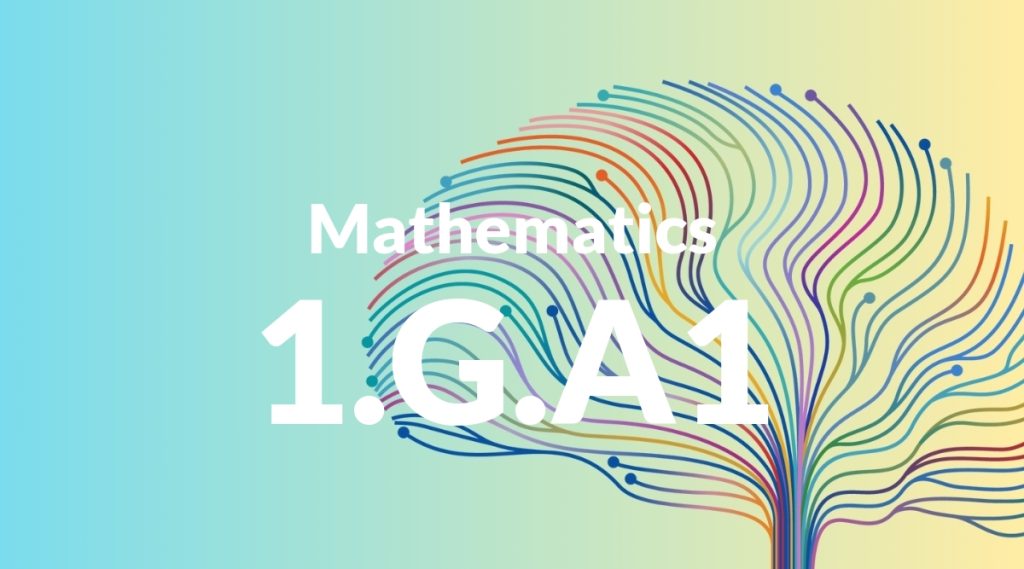Standard: 1.G.A1 – Distinguish between defining attributes (e.g., triangles are closed and three-sided) versus non-defining attributes (e.g., color, orientation, overall size); build and draw shapes to possess defining attributes.
Grade level: Grade 1
Subject: Mathematics
Domain: Geometry
Teacher Overview
This standard helps students understand the difference between defining and non-defining attributes of shapes. It is crucial because it lays the foundation for more advanced geometric concepts and helps students develop critical thinking skills in identifying and categorizing shapes. Students should be familiar with basic shapes and able to recognize and name them. They should also have some experience drawing and identifying shapes.
After mastering this standard, students will be able to compare and contrast shapes based on their attributes, understand the concept of symmetry, and begin to explore more complex geometric concepts.
Common Misconception 1
A common misconception is that non-defining attributes like color or size are important for identifying shapes. This is incorrect because defining attributes are the essential characteristics that make a shape what it is, such as the number of sides and whether it is closed.
Intervention 1
To address this misconception, use sorting activities where students group shapes based on defining attributes only. Provide clear examples and non-examples to illustrate the difference.
Common Misconception 2
Another misconception is that a shape’s orientation affects its identity. This is incorrect because the defining attributes of a shape do not change with orientation.
Intervention 2
To correct this, show students multiple examples of the same shape in different orientations. Emphasize that the shape remains the same regardless of how it is turned.
Prerequisite Knowledge
Students should understand basic shape names and be able to recognize simple shapes like circles, squares, and triangles. They should also have some experience with drawing and identifying shapes.
Subsequent Knowledge
After mastering this standard, students will be able to compare and contrast shapes based on their attributes, understand the concept of symmetry, and begin to explore more complex geometric concepts.
Instructional Activities
- Shape sorting games
- Drawing and building shapes with specific attributes
- Using construction toys to create shapes
- Art projects focusing on shape attributes
- Interactive whiteboard activities to identify and sort shapes




